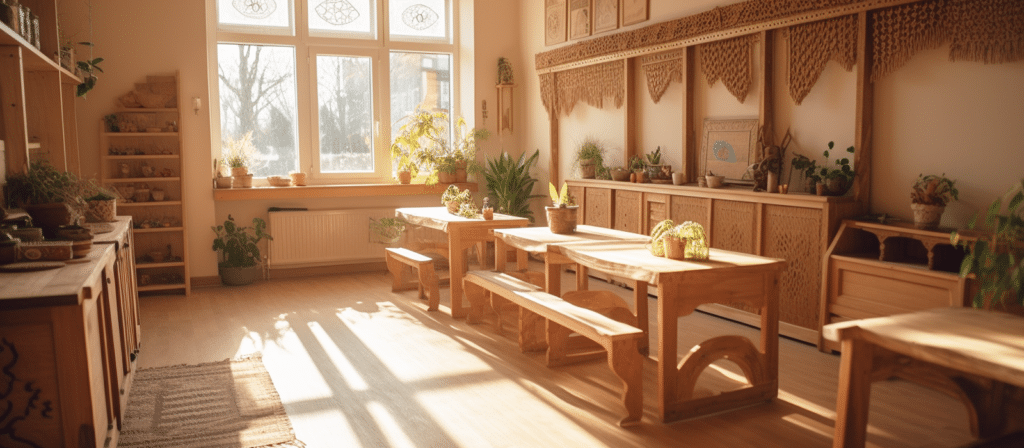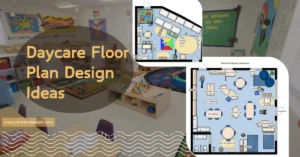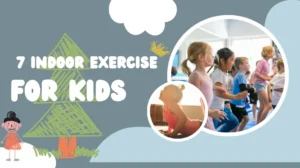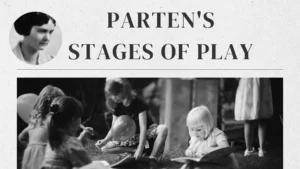As a leading provider of Montessori furniture for preschools, I understand the importance of creating a safe and nurturing environment for young children. One crucial aspect of ensuring their safety is to follow strict guidelines when it comes to choosing and using Montessori furniture. In this blog post, I will outline some essential safety guidelines that preschools should keep in mind.
Montessori Furniture Safety Guidelines for Preschools are a critical aspect of creating a secure learning environment. These guidelines are designed to protect young learners while allowing them to explore, learn, and develop in a safe and nurturing space.
Why is Montessori Furniture Safety Important?
Ensuring the safety of children is of paramount importance in any educational setting. Montessori furniture, with its unique design and child-centered approach, plays a significant role in facilitating learning and exploration. However, it is crucial to remember that young children are still developing their coordination and motor skills, making them more susceptible to accidents and injuries.
By adhering to Montessori furniture safety guidelines, preschools can provide a secure environment that promotes independent learning and fosters the physical and cognitive development of children.
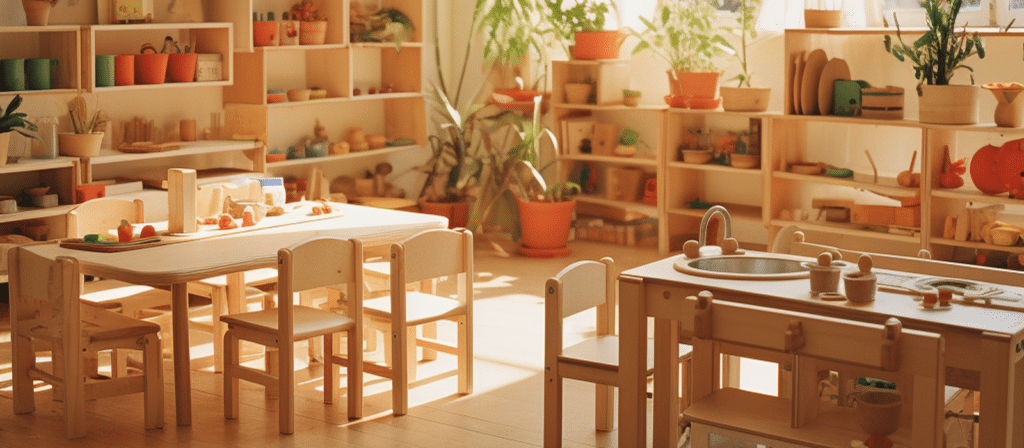
Montessori Furniture Safety Guidelines
- Choose Age-Appropriate Furniture: Selecting furniture that is suitable for the age and size of the children is crucial. Chairs and tables should be proportionate to their height, allowing them to sit comfortably and maintain proper posture. Avoid furniture with sharp edges or corners that could pose a risk of injury.
- Stability is Key: Ensure that all furniture is stable and sturdy. It should not wobble or tip easily, even when children lean on it. This is especially important for bookshelves, storage units, and climbing structures. Secure these pieces to the wall to prevent them from toppling over.
- Non-Toxic Materials: Choose furniture made from non-toxic materials to avoid any potential health hazards. Opt for products that are free from harmful chemicals such as lead, phthalates, and formaldehyde. Look for certifications and labels that indicate compliance with safety standards.
- Easy Accessibility: Montessori furniture is designed to promote independence. Ensure that children can easily access and use the furniture without assistance. Chairs and tables should be at an appropriate height, allowing them to comfortably reach and sit on their own.
- Secure Attachments: For furniture that requires assembly, follow the manufacturer’s instructions carefully. Ensure that all components are securely attached to avoid any risks of collapsing or dislodging. Regularly inspect the furniture for loose screws or bolts and address any issues promptly.
- Proper Storage: Teach children the importance of proper storage and organization. Encourage them to return materials to their designated places after use. This not only promotes a sense of responsibility but also minimizes the risk of tripping or falling over scattered items.
- Flooring Considerations: Pay attention to the type of flooring in your preschool. Avoid using furniture with wheels on hard surfaces, as they can easily slide and cause accidents. If you have slippery floors, consider using furniture with non-slip pads or rugs to ensure stability.
- Supervision and Training: Adequate supervision is essential to ensure the safety of children. Ensure that staff members are trained in proper furniture usage and safety protocols. Regularly conduct safety drills and provide ongoing training to address any potential risks or concerns.
Following these Montessori furniture safety guidelines will help create a secure learning environment for children. By prioritizing their safety, we can provide them with the freedom to explore, learn, and grow confidently.
Conclusion
Montessori Furniture Safety Guidelines for Preschools are vital to ensure that children can learn and explore in a secure environment. By considering materials, stability, age-appropriateness, clutter, and maintenance, you can create a space where young learners can thrive without compromising their safety. Prioritizing safety while implementing Montessori principles is the key to a successful and secure early childhood education experience.
Remember, safety should always be a top priority, and by following these guidelines, we can ensure that children thrive and flourish in their preschool journey.

